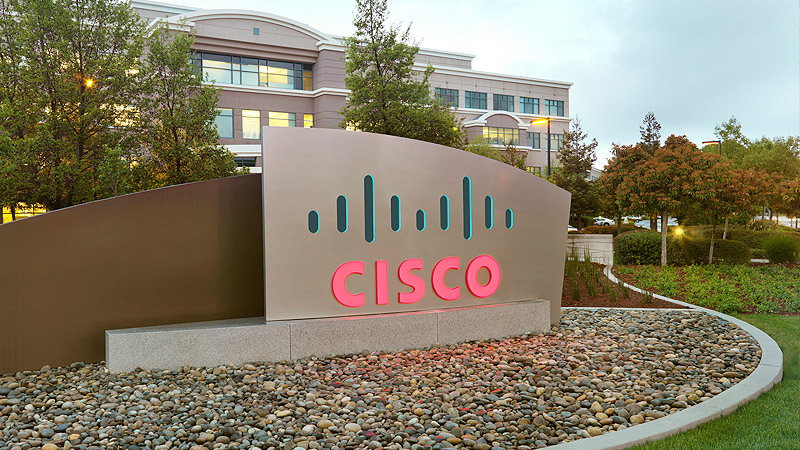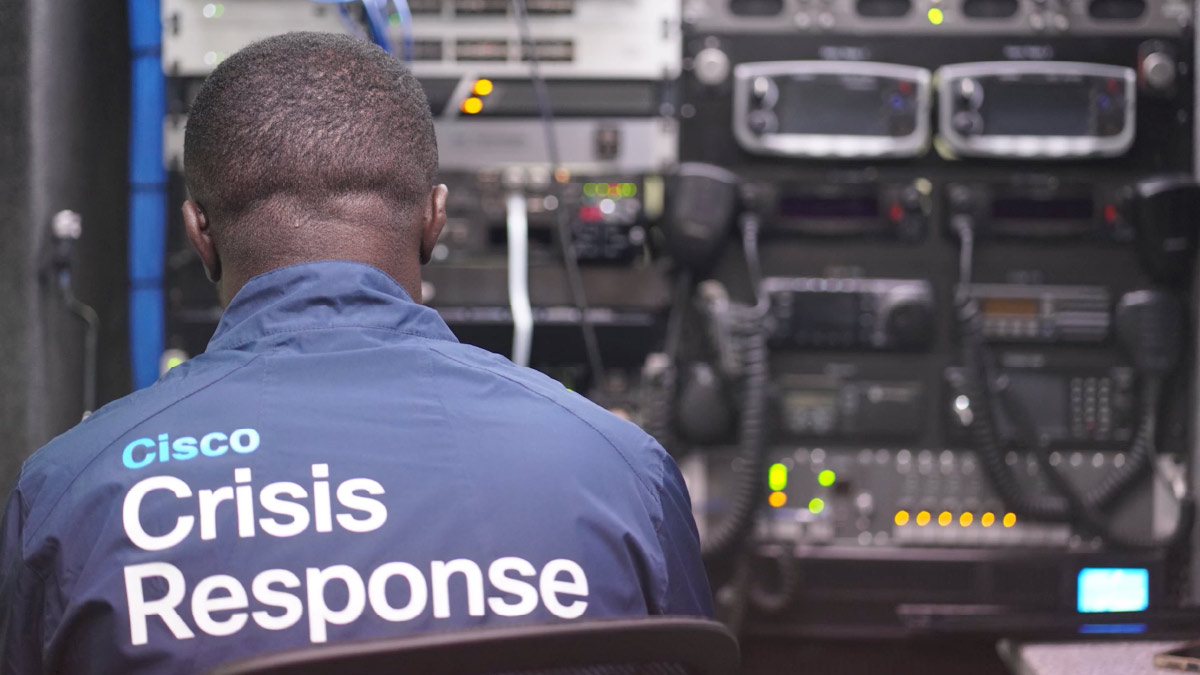SAN JOSE, Calif., Aug. 1, 1994 -- Cisco Systems has introduced twodual-attachment adapter cards that provide fault-tolerant connection to100-megabit-per-second Fiber Distributed Data Interface (FDDI) and CopperDistributed Data Interface (CDDI) networks for PCs, workstations andservers supporting the EISA bus architecture.
The company has also added the industry's first driver software forSilicon Graphics Indigo2 workstations and Challenge M servers. The SGIdrivers are now available for Cisco's entire line of single- anddual-attachment EISA products.
Cisco's new CDDI and FDDI Dual-Attachment Station (DAS) EISA Adaptersare single-board solutions that utilize only one slot in the computer'schassis. Now shipping, the new adapters offer the industry's broadestarray of driver software. Also available are drivers for Novell NetWareservers and clients, Microsoft Windows NT systems, HP/Apollo 9000 Series700 workstations, and PCs running Sun Microsystems PC/NFS or other NetworkDriver Interface Specification (NDIS)-compatible applications.
"Unlike most available EISA solutions, which use up two bus slots,Cisco's new adapters conserve valuable slots for other uses such as a diskor tape controller or other I/O device," said Steve Pomeroy, product manager.
"With the first available driver for Silicon Graphics Indigo2 andChallenge M products, SGI users can achieve high-speed CDDI or FDDIconnectivity through the EISA bus," Pomeroy added. "They also gain thepreviously unavailable option of CDDI -- running standard FDDI protocolsover unshielded twisted-pair wiring."
Dual-attachment station adapters provide workstations and servers withredundant connections to CDDI/FDDI networks, addressing mission-criticalapplications (e.g., stock trading, credit-card verification) wherehigh-availability networking is a necessity. Cisco's DAS EISA Adapters canbe used either in a dual-ring configuration, which connects the serverdirectly to the FDDI backbone ring; or in a dual-homed configuration, whichconnects the server to the backbone ring through two redundant links toseparate concentrators, thusmaximizing fault tolerance.
The new DAS adapters incorporate the same high-performance architectureused in Cisco's SBus and EISAsingle-attachment adapters. An on-boardprocessor performs all station management (SMT) functions, freeing the hostsystem to run applications. Since SMT traffic increases with the size ofthe CDDI/FDDI ring, this feature minimizes CPU overhead in larger networks.Because the network connection can be brought up and maintained even ifthe host system goes down, installation and fault isolation are alsoimproved.
The easy-to-use adapters offer Flash memory-based power-on diagnostics,which run a self-test when the host is powered up. LED status displays onthe faceplate show that the adapter has passed its power-on test and isconnected to the ring, even before driver software is loaded. Support foran optical bypass switch prevents ring segmentation caused by power loss oradapter malfunction.
The Cisco DAS EISA Adapters support several types of networkmanagement. FDDI network statistics can be monitored locally usingthe FDDISTAT program or remotely by FDDI management applications such asCisco's Workgroup Director. In addition, a Simple Network ManagementProtocol (SNMP) agent for HP/Apollo 9000 Series 700 workstations letsusersmonitor adapter status remotely from any SNMP-based network managementconsole.
The CDDI DAS EISA Adapter is priced at $1,895, the FDDI DAS EISAAdapter at $2,495. Both are available in PC or UNIX versions. The SGIdriver is priced at $95.
Cisco Systems, Inc., is the leading worldwide supplier ofhigh-performance, multimedia and multiprotocol internetworking products,including routers, bridges, workgroup systems for 10-Mbps/100-Mbps datatransmission, ATM switches, communication servers, software routers, androuter management software. Cisco technology is used to buildenterprise-wide networks linking an unlimited number of geographicallydispersed LANs, WANs and IBM SNA networks. In the United States, Cisco istraded over the counter under the NASDAQ symbol CSCO.



